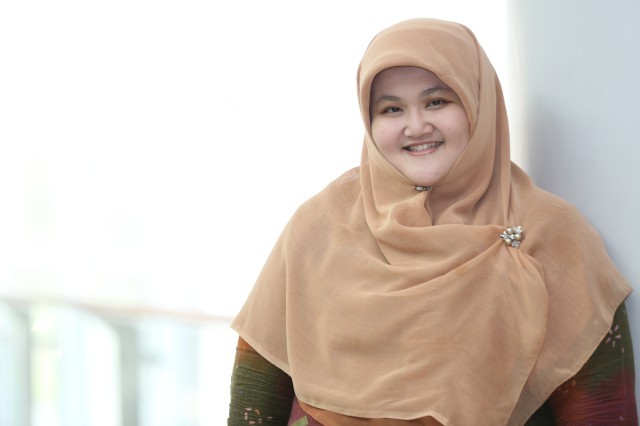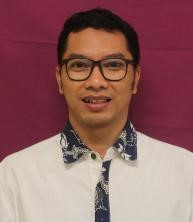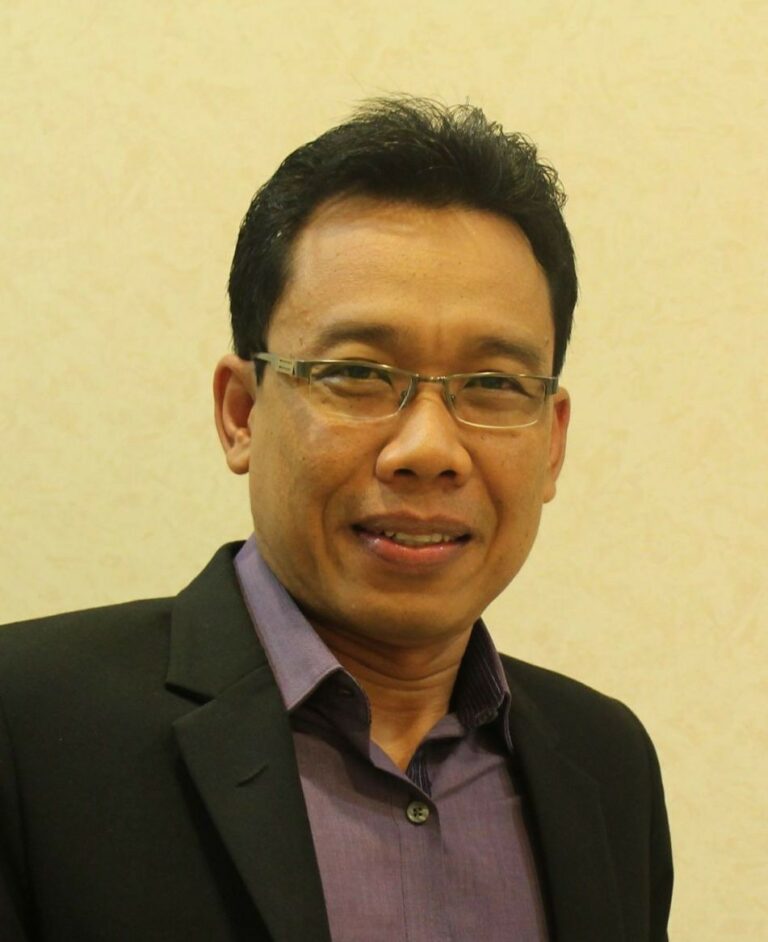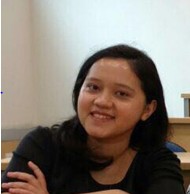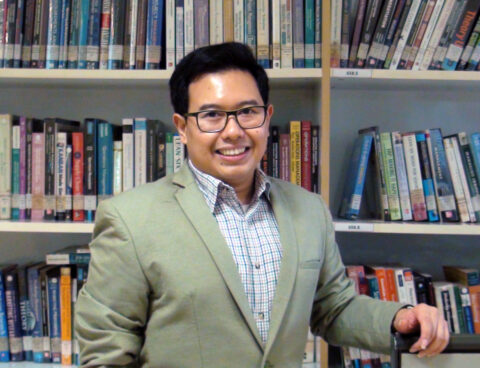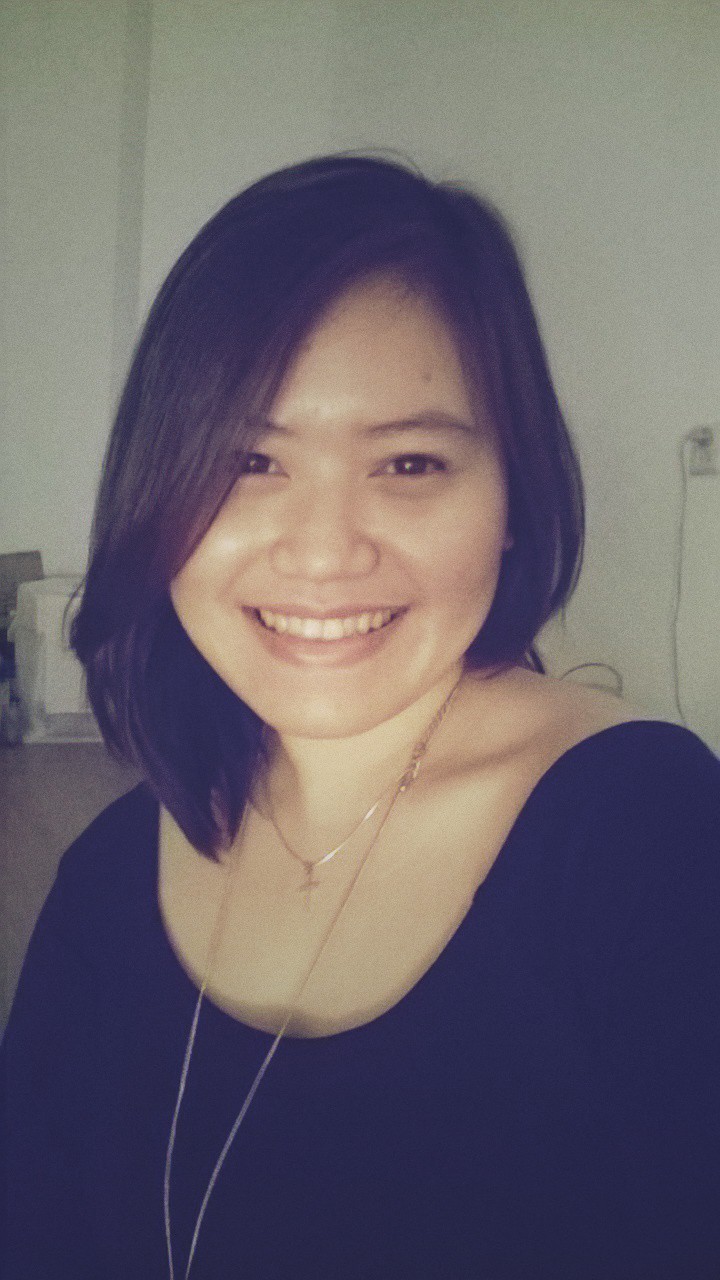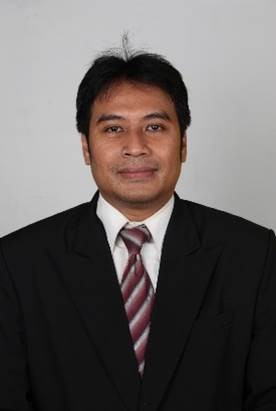Case Document
TAUZIA HOTELS’ CORPORATE SOCIAL RESPONSIBILITY (CSR): A STAIRWAY TO HEAVEN
PROGRAMMING LANGUAGES AT GOOGLE: FREEDOM OR CONUNDRUM?
Not long after Larry Ellison’s of Oracle bought Sun Microsystems in 2010, Oracle filed a lawsuit against Google, which claimed Google had infringed its copyright by using 11,500 lines of Java code in its Android operating system. Oracle had contested that Google’s use of its proprietary Java code exceeded fair use, and was seeking damages of up to $9bn. When it was developed, Android partly used the programming language Java to build its API (Application Programming Interface). Java was a widely used language, developed by a company called Sun Microsystems in the 1990s.
More importantly, the fair use decision in this case sets a strong precedent in an industry where programs and apps are often as much constructed from various building blocks of code that already exist as they are from whole cloth. If the company that owns the original code language – as Oracle does with Java – can claim ownership over systems which use parts of its code, in varying sizes, that might have a serious dampening effect on developers, few of whom have Google’s deep pockets and batteries of legal artillery to call into battle in their defense. And in this Oracle and Google dispute, nothing less is at stake than the future of programming. Would a programming language continue to be a free and open? Would an API be considered as part of programming language or proprietary of its creator? What factors will affect a company like Google to create their own programming language? Would the programmers "language preference" be taken into account when they got involved in software development projects?
SWARGALOKA: EMBARKING THE HERITAGE JOURNEY
Swargaloka was first established in 17th of June 1993, by Suryandoro, a graduate of ISI (Institusi Seni Indonesia/Indonesian Institute of the Arts) located in Yogyakarta. They moved to Jakarta in the late 1990s as the founders move to Jakarta for their new career. An avid dancer himself, Suryandoro first intended Swargaloka as an establishment to prepare future generation of dancers. He received full support from his family who consists of gifted artists and dancers. Suryandoro’s wife, Dewi Sulastri, is one of the world dance maestros with a beautiful voice. The mother of four has produced dozens of new dances and performances. Some of the well-known dances of her creations Srimpi Retno Utama (1989), Bondan Suko Asih (1989), Bedaya Dewi Sri (2003), Bedoyo Aji Soko (2008), Bedoyo Tri Sabdo Tunggal Indonesia (2009), and Bedoyo Merah Putih (2009). She was awarded as the first female director and dancer by Museum Rekor Indonesia (MURI) in 2008. Their son, Bathara Saverigadi Dewandoro, was also awarded a world record title as the youngest male Javanese dance choreographer in 2013.
One of his most notable creations is called “Gama Gandrung” (Perjalanan Gandrung), a dance which tells a story of gandung dance journey from Banyuwangi, Jawa Timur. “Gama Gandrung” was first performed at Gedung Kesenian Jakarta on 11th of June, 2014.
Swargaloka was first established as an answer to the needs of having an organization that promotes and cultivates the traditional culture among the young generations. Along the road, Swargaloka has gained both national and international recognition through its various performances. At first, Swargaloka was named Swargaloka Art Department. Along its journey, it became Swargaloka Foundation and PT Gita Swargaloka.
This case discusses Swargaloka’s journey from its first establishment. Despite reaching its 24th year in 2017, Swargaloka still has several issues that it needs to solve to be able to survive as a performing-art group. Its audience numbers remain stagnant, and despite attempting to collaborate with and get funding from various institutions, including the government, Suryandoro still found that the organization is still struggling to make the ends meet. This is due to the facts that conducting a performance is a costly endeavor whereas the ticket sales may not always be sufficient to cover the costs of production.
Moreover, Suryandoro also believes that packaging the performance to be more dynamic, attractive, and communicative will enable them to target the younger audiences. However, even though Swargaloka has put significant efforts to repackage a wayang orang performance, it still has not reached a significant number of audiences.
VAN GOGH MUSEUM: A DIGITALLY ENGAGED MUSEUM
In 2014, the Van Gogh Museum (VGM) had hopes to continue its mission to enrich and inspire as many people as possible by giving access to the museum’s entire collection and knowledge on Vincent van Gogh. In order to achieve this mission, the museum had come up with strategies that made use of the ever-growing digital world, through its web strategy and social media. These strategies were aimed to help the museum reach out to as many of its visitors and non-visitors as possible, and develop constant relationship with them by creating dialogue.
However, like any other businesses, threats and challenges were apparent in the way. The reinstated photography ban by the museum might seem to cause certain threat to the way the museum was going. Especially with the trending term of ‘selfie’ in the digital world in that same year, leading to the birth of the ‘Museum Selfie Day’ project, there was high chance the museum’s strategy might suffer.
TRYING TOO HARD TO FIT IN – THE USE OF VIRAL MEMES AS A MARKETING TOOL
This case study seeks to analyze the marketing trends that companies can use to their advantage, and which to solidly avoid, unless done with laser precision. It should provide insight into the perceptions that consumers place upon a company, and how upsetting those perceptions can lead to alienation and isolation.
It focuses particularly on attempts by established companies and institutions to establish or re-establish meaningful communications.
THE NEW ERA OF ADVERTISING FOR DIGITAL PUBLISHERS IN INDONESIA
This study investigates trends of advertising in Indonesia's digital publishers. There has been a marked shift in advertising forms which has changed the business of digital publishers in the country. Digital publishers in Indonesia started about 18 years ago, when Detik.com first went online. To support the publishing, they needed advertisers. They had been using what we now call ‘conventional’ advertising, consisting of banners and pop-up advertising placement. However, as the number of digital publishers keeps growing in Indonesia, this type of advertising is slowly being left behind by the publishers. In order to compete with each other, they needed to create something new in order to advertise, that would both attract the advertisers and their consumers. This was when the concept of ‘native’ advertising started to rise.
DISASTER AVERTED: SAMSUNG CRISIS MANAGEMENT STRATEGY OF GALAXY NOTE 7
This study investigates the crisis management strategy of Samsung during the Galaxy Note 7 fiasco in 2016. The company recalled the product globally less than a month after launching because there were reports about the product overheating and even exploding. As one of the biggest electronic companies in the world, Samsung did their best to avert the crisis and worked on how to gain the trust from the customers while investigating the cause of the product’s defects. The company conducted a series of strategies to manage the crisis that happened globally.
JALES VEVA JAYA MAHE: A CASE OF INDONESIA FISHERY SUPPLY CHAIN
The case is about Fishery Supply Chain in Indonesia. Being the largest archipelago in the world, Indonesia has a tremendous opportunity in its marine and fishery sector. With the President Joko Widodo’s direction in stressing the importance of Indonesia’s fishery and the breakthrough policies set by his minister of Maritime Affairs and Fisheries, Mrs. Susi Pudjiastuti, Indonesia Fishery industry has entered an interesting era.
Yet, fishery supply chain is not easy. It has its own challenges despite tremendous opportunity to add value for all the stakeholders along the chain. The ministry of Maritime Affairs and Fisheries has set some high level policies that should be a good base for improving the fishery industry in strategic level. To materialize the benefits, it must be followed with a good supply chain analysis and initiatives.
PT. TOYOTA MOTOR MANUFACTURING INDONESIA: MANAGING CSR STAKEHOLDERS ENGAGEMENT
Engaging the community to be involved in company’s social and ecological initiatives has been proven benefited both company and the community. However it is not an easy things to do as what had happened to TMMIN CSR which intended to replant the mangrove forest along the north cost of java. TMMIN had a strong resistance from several groups of local community as they had different and contradict interests.
The decision of Mr Adjie Sapta as the TMMIN CSR general manager to keep approaching the resistance groups to ask their willingness to collaborate with mangrove project was a difficult to work on. However through an intensive communication with those groups and also the assistance of other TMMIN’s stakeholders, the resistance was agree to participate. Through the participation of all community member, TMMIN’ mangrove plantation initiative successfully produce an important outcomes.
PRIME DAY: A CASE OF FAILURE AND SUCCESS
In the first few hours of July 12, 2016, the Amazon’s “Prime Day” event went through a computer glitch that did not allow customers to add items in their shopping cart – leaving customers unhappy and dissatisfied. The disgruntled customers brought their retaliation to the social media by complaining, making negative comments, using negative hashtags, mentioning Amazon, etc. A new hashtag was created: #PrimeDayFail!
The Prime Day is a self-made occasion created by Amazon only for its members. By paying annual fee as much as $99, members are promised to have deals and bargains, much like the Black Friday or Cyber Monday event. Launched in 2015, the Prime Day events had never been satisfying for customers. In 2015, despite the revenue success, the 2015 Prime Day still left many customers unhappy with the deals – the deals were either sold out, or considered junks or unwanted products. Customers’ retaliation in social media yielded over 40,000 negative mentions. In 2016, Amazon promised to offer better deals than any other Amazon’s event history – yet problems still occurred. While sales were considered higher than the previous year, Amazon still received bad reps from unhappy customers.
Two consecutive fails of Prime Day seem to contradict with what Amazon believes in: customer experience. Customer experience is not just a strategy to Amazon, it is its purpose. Amazon believes that customer experience is far more important than financial reports. On other domains, Amazon is one of the most successful companies when dealing with customer experience, as indicated by continuously creating innovative and effective ways in delivering products its customers. However, the two service failures of its Prime Day event have tarnished its reputation to some extent.

